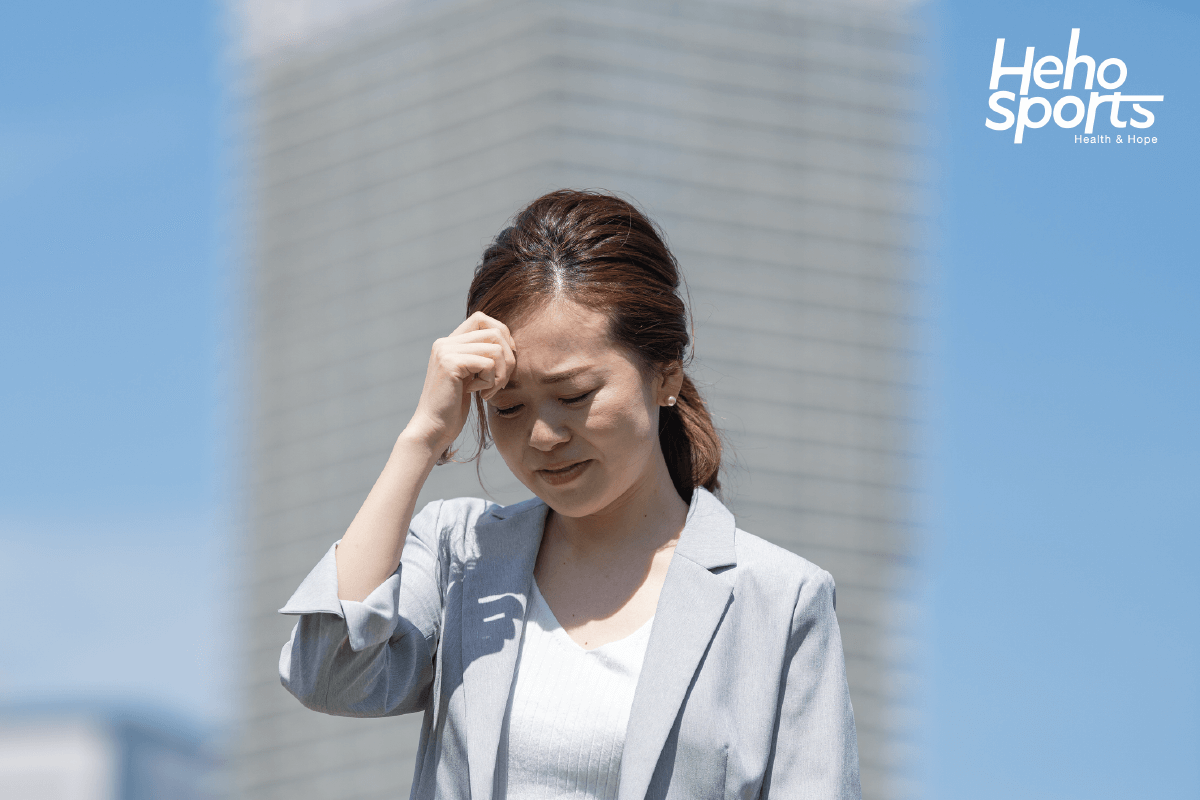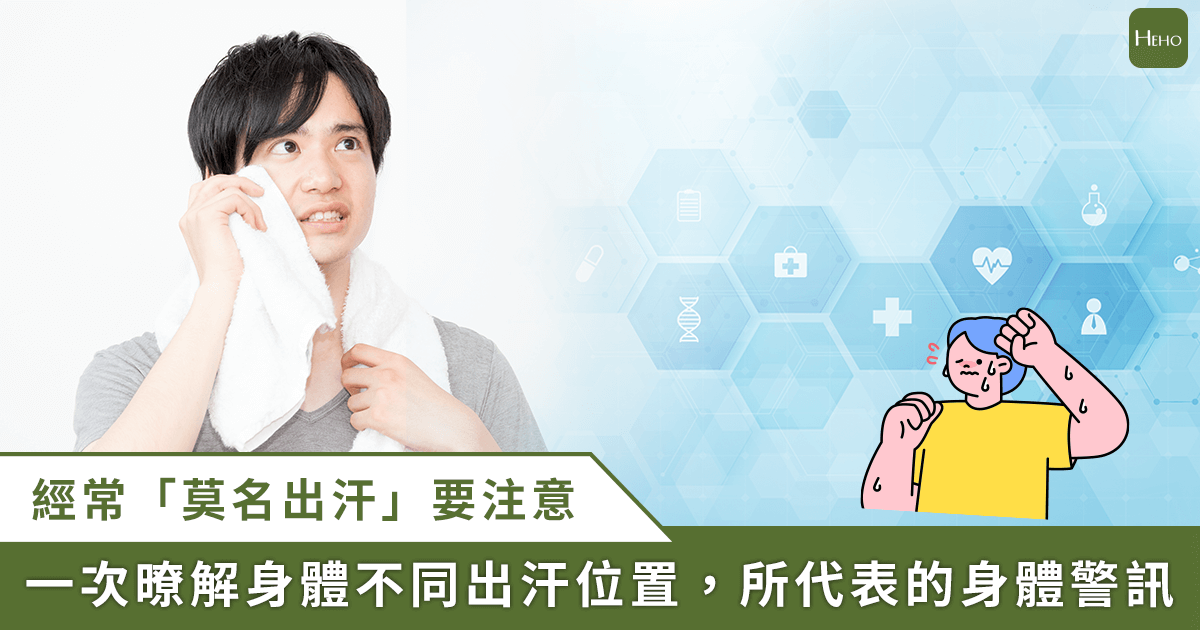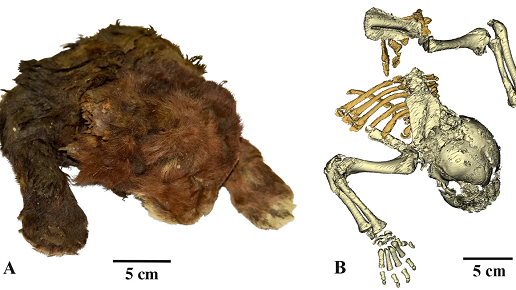Sweating serves the important functions of eliminating toxins from the body and regulating body temperature. Since sweat glands are distributed throughout the body, sweating naturally occurs when the body temperature exceeds 36.5 degrees Celsius to help dissipate heat. However, sweating in specific areas might indicate certain health issues. Let the body’s sweat map reveal the potential health warnings!
Head sweating is usually related to the gastrointestinal digestive system and might be caused by indigestion or inflammation due to overeating. For the elderly and postpartum women, excessive head sweating might be due to slower metabolism or weakened immunity. However, excessive head sweating in children is generally normal, so parents need not worry.
Sweating on the forehead might be associated with insomnia or high blood pressure, so it's advisable to check for abnormal thyroid function. Nose sweating is often accompanied by chest tightness, shortness of breath, or coughing, which could indicate weak lung energy or low immunity. Neck sweating might signal endocrine imbalances, and it's recommended to avoid staying up late and maintain regular diet and sleep patterns.
Sweating on the chest is common among those who engage in mental work or have poor blood circulation. The former should engage in moderate exercise and ensure adequate sleep, while the latter may benefit from aerobic exercise and frequent half-body baths. Back sweating could indicate extreme physical fatigue or localized hyperhidrosis, indicating a need for stress relief and relaxation.
Sweating on the palms and soles is often related to emotional tension, excitement, or fear, and usually does not affect health. However, some people may experience sweating in these areas when constipated or bloated, and the symptoms may resolve after relieving constipation.
Sweating on one side of the body or the upper or lower body could indicate two different conditions. One of the early signs of a stroke is unilateral sweating, which requires particular attention. Excessive sweating in summer accompanied by thirst, dizziness, and other symptoms may indicate heatstroke. (Photo provided by Heho Health)
Excessive sweating in summer accompanied by thirst, dizziness, and other symptoms may indicate heatstroke. (Photo provided by Heho Health)
Other abnormal sweating patterns include excessive sweating in summer accompanied by thirst and dizziness, which could be a sign of heatstroke. If you experience heavy sweating with slight daytime activity and frequent colds, this might suggest a weakened immune system. Night sweats could be associated with menopause, hyperthyroidism, endocrine disorders, cardiovascular diseases, or sleep apnea and should be further examined to determine the underlying cause.







